Australia continues to use the Heron I UAV in Afghanistan
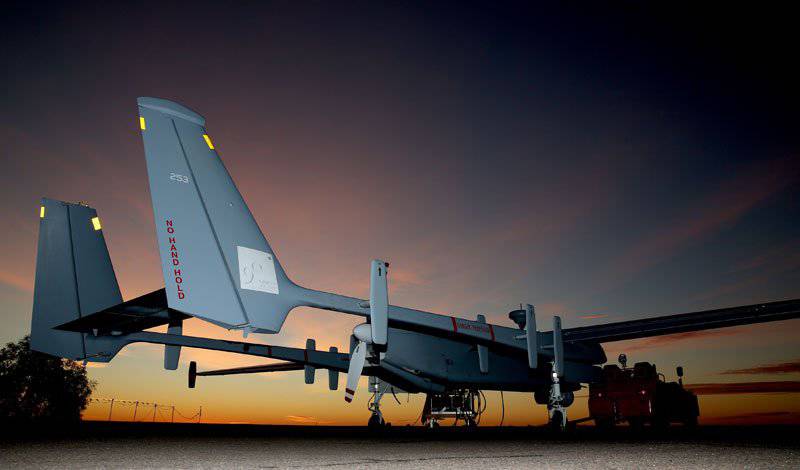
Despite the withdrawal of coalition forces from Afghanistan, the Heron I unmanned aerial vehicle, deployed by the Heron Australian unit of the same name, will continue to provide invaluable information (intelligence, surveillance and reconnaissance) to coalition forces operating in Afghanistan for at least the entire 2014. Created by Israel Aerospace Industries, Heron I is leased and used by Canadian company MDA.
In November 2013, the Australian division of Heron celebrated a significant event: an operational raid drone amounted to twenty thousand hours. Remotely Piloted Aircraft Heron RPVs (new name for unmanned aerial vehicle or UAV) spend 400 to 500 hours a month in the air, flying for extended periods at medium altitudes. They are able to stay in the air for more than 24 hours with a maximum speed of more than 180 km / h at an altitude of up to 10000 meters.
According to sources in the Royal Australian Air Force, the decision to extend Heron’s mission is related to the conclusion of a contract with a new client, the International Security Assistance Force (ISAF) of the Regional South Command. The Heron unit will continue to be based at the Kandahar air base in Afghanistan at the request of the ISAF, directed to the Australian government.
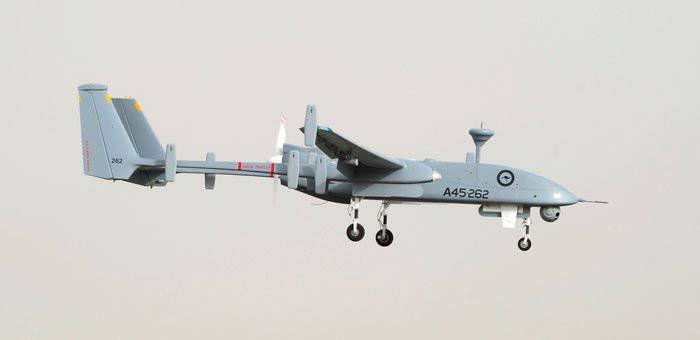
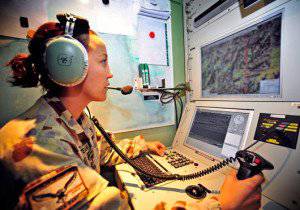
Previously, Heron provided intelligence information exclusively Australian forces operating in Uruzgan. Now they will support the coalition forces operating in southern Afghanistan. The Heron division intends to return to Australia by the end of 2014.
Unlike small unmanned aerial vehicles (UAVs), the Heron remotely piloted aircraft weighing 1100 kg operates from the runway along with other manned aircraft. Australian Heron is based in Kandahar, the busiest airfield with one runway in the world. To ensure the safe and effective operation of the apparatus at such a busy aerodrome for piloting the Heron, the Air Force uses military pilots who have experience in difficult and dynamic air conditions.
Army helicopters, F / A-18, F-111, AP-3C Orion and C-130J Hercules pilots from August 2009 of the year control Heron unmanned aerial vehicles. Heron pilots are supported by payload operators (sensors), who also act as second Heron pilots.
In addition, up to seven people are busy processing, analyzing and distributing information from Heron's sensors. Attendants may include flight technicians, an intelligence department, operations officers, engineering staff, administration and logistics representatives.
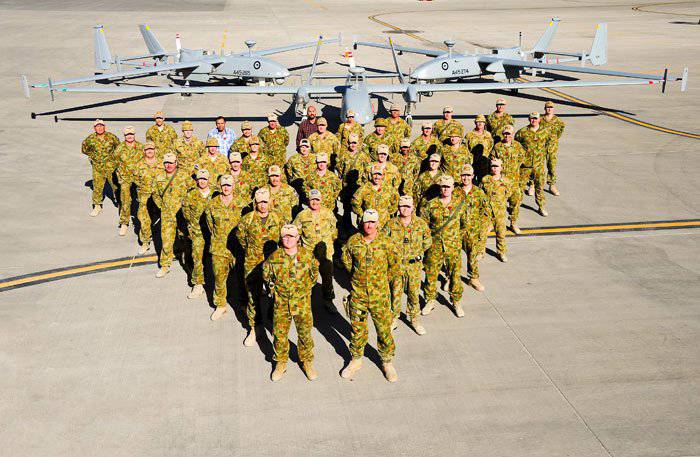
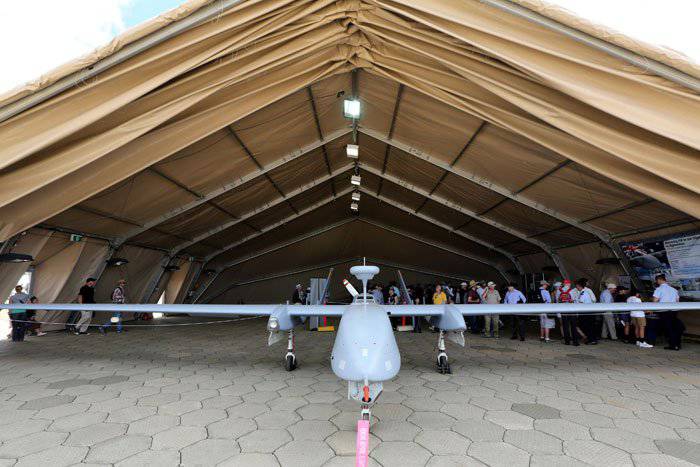
Information